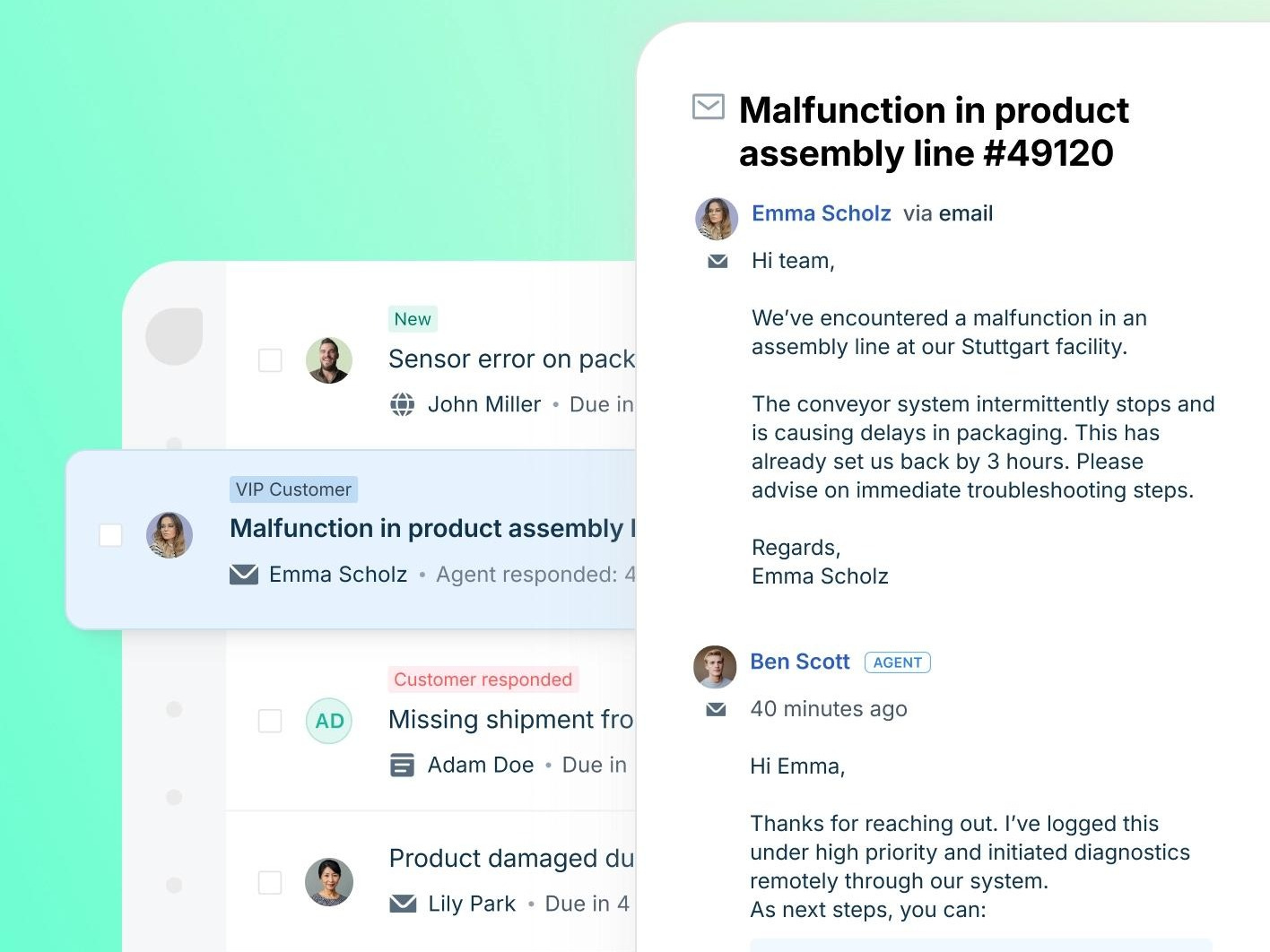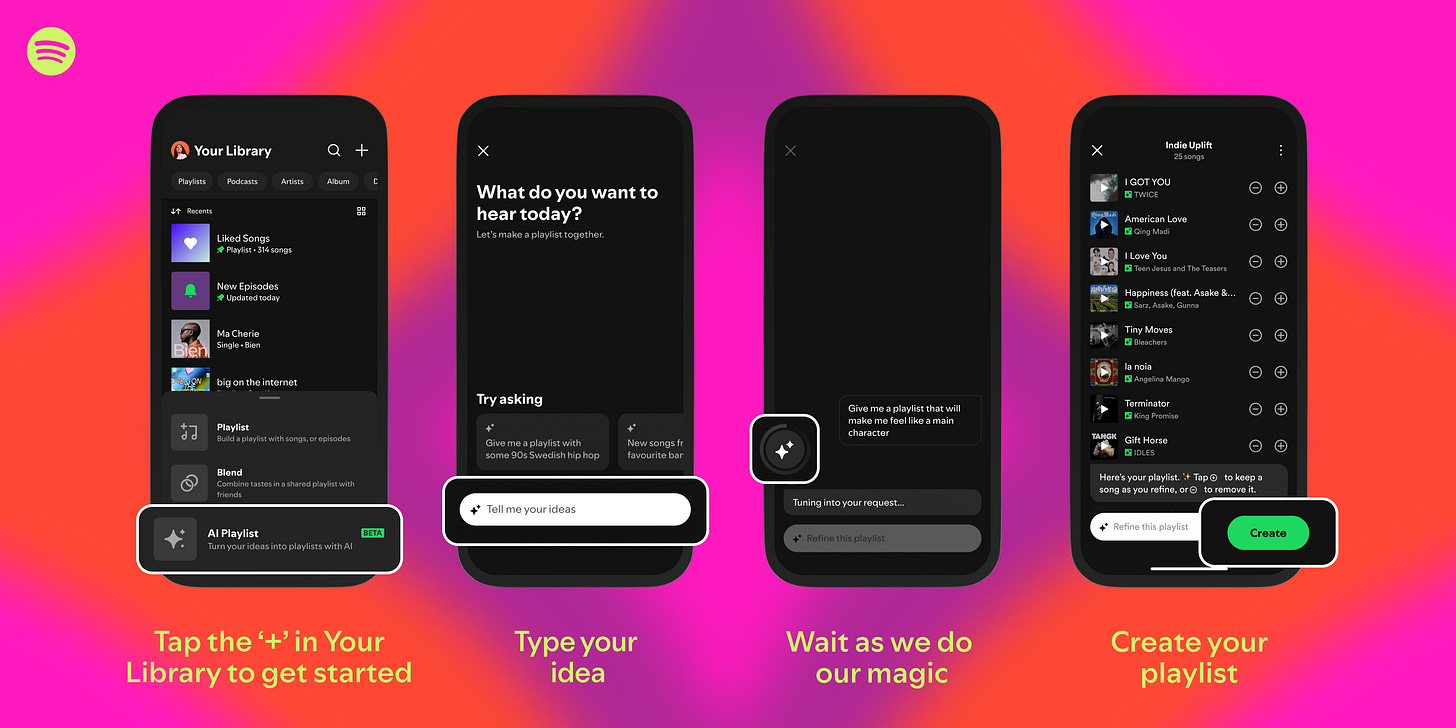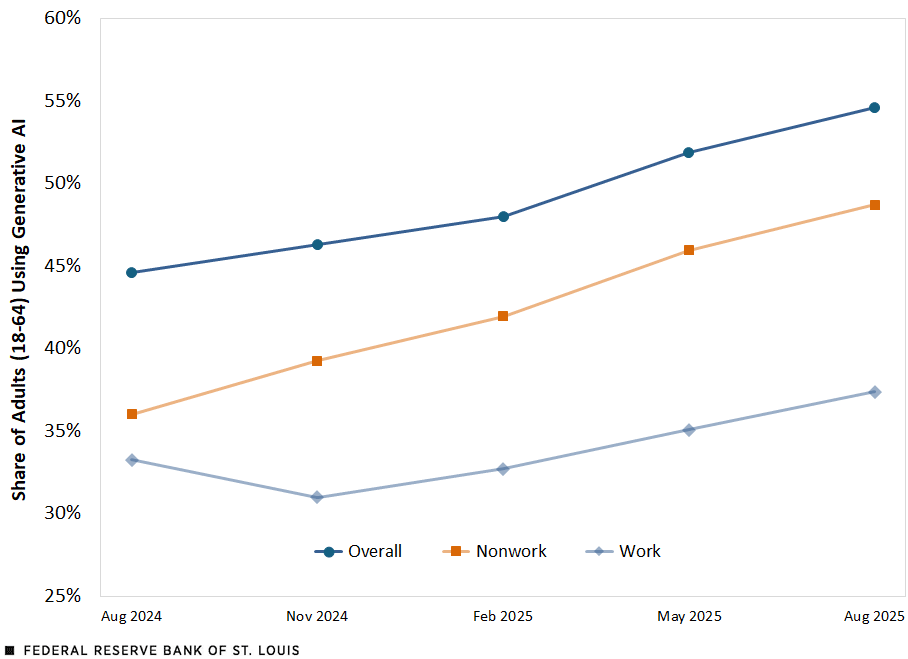AI Isn’t Emerging. It’s Embedding.
PLUS: Today’s tool shows how CX teams can turn customer feedback into decisions, not decks.
Start every workday smarter. Spot AI opportunities faster. Become the go-to person on your team for what’s next.
📅 November 17, 2025 | ⏱️ 4-min read
Good morning!
AI is weaving into daily behavior faster than most leaders expected. Customers are getting comfortable with AI-led experiences, and enterprises are moving from experiments to practical deployment. The gap between how people use AI and what companies enable is widening. That gap is your opportunity.
Here’s what stands out today.
🧠 Healthcare Providers Adopt Agentic AI for Clinic and Contact Center CX
Healthcare organizations are beginning to roll out agentic-AI systems that manage tasks like triage routing, eligibility checks, appointment workflows and assisted agent support. Early deployments show reductions in manual load and faster patient resolution times as AI handles context-gathering and multi-step tasks.
Healthcare runs on fragmented data, high emotional stakes and strict regulatory pressure. If agentic AI can operate inside that environment, it signals a turning point. The real insight for enterprise CX leaders is this: workflows that once required human-only judgment are being broken into steps AI can execute reliably. That changes how you staff, how you design service journeys and how you measure productivity. This is the first real proof that complex CX work can be delegated, not just assisted.
💡 Freshworks Launches AI Command Center for Service Teams
Freshworks introduced a unified AI-powered service hub combining email, chat, WhatsApp, socials and more — layering sentiment detection, SLA visibility and intelligent suggestions.
Centralization is no longer a systems problem. It is a leadership problem. CX teams still rely on channel-specific processes, which creates inconsistent experiences and inconsistent accountability. A command center like this forces a new discipline: one view of the customer, one set of expectations, one operational rhythm. Leaders who adopt this approach will spot issues earlier and fix them faster. Leaders who do not will keep scaling inefficiency.
🤖 Spotify Expands Personalized AI-Powered Playlists
Spotify is rolling out new AI-personalized playlists that adapt in real time to mood, behavior and listening context. It’s another step toward fully adaptive entertainment experiences that shift with the user.
Entertainment usually predicts broader consumer behavior. Dynamic personalization trains people to expect services that adjust instantly and silently. That expectation does not stay in entertainment. It moves into telecom, banking, healthcare and every other category. CX leaders need to treat personalization as a standard, not an upgrade. Static journeys will increasingly feel outdated.
📱 Consumer Story: Speak AI Tutor Enters the U.S. Market
Speak, an AI-driven language-learning app built on voice conversation, expanded into the U.S., reporting over 15M downloads and ~$100M annualised revenue.
Conversational AI is moving from novelty to necessity. Tools like Speak show how quickly people adopt AI when it feels natural and emotionally safe. This is a warning for CX leaders. The bar is no longer whether your AI works. The bar is whether it feels like a conversation people want to continue. Customer sentiment and loyalty will increasingly hinge on how human your AI feels, not how accurate it is.
🛠️ Tool of the Day: Amplitude AI Feedback — Turning Customer Noise into Clear Decisions
Amplitude released an AI-powered feedback intelligence engine that turns voice-of-customer data into structured insights, prioritized issues, and product-ready summaries.
Most companies celebrate collecting feedback but avoid the harder work of converting it into decisions. Tools like this shift the power dynamic inside organizations. Product, CX and operations can no longer hide behind ambiguity. Insights become explicit. Priorities become visible. The real impact is cultural. Teams are forced to respond faster and explain their decisions more clearly.
📊 DCX AI Data Stat
According to the St. Louis Fed’s Real-Time Population Survey, generative‑AI adoption climbed from roughly 45% in August 2024 to about 55% by August 2025, with work adoption rising to 37% and nonwork adoption to 49%.
The most important signal here is behavioral. People do not wait for workplace tools to catch up. They learn AI in their personal lives, refine their preferences and then expect their employers to match that standard. CX leaders should treat this as a readiness gap. If your agents are ahead of your systems, they will build their own workarounds. If your customers are ahead of your experience, they will defect.
⚡Your 1-Minute Action Plan
Pick a high-volume customer workflow. Set a measurable goal for how “agent + AI” should improve it. Assign ownership, define the 90-day roadmap, and commit to measurable progress. Conversation first. Implementation second.
🔎 The Signal
Customers are moving faster than companies. Healthcare is automating multi step tasks. Entertainment is redefining personalization expectations. Service platforms are consolidating workflows. Consumer AI adoption is climbing on its own. The message is simple. The pressure is now on enterprises to close the gap between what people already do with AI and what your experience allows.
Love to hear your thoughts!
See you tomorrow!








